Medical Practice Technical Challenges
Paediatrics
Use of Ultrasound in Emergencies - 5th Edition
24-M04
September 26th 2024 - September 27th 2024
COURSE COORDINATORS
Maria Teresa Dionísio (MD)
COURSE PRESENTATION
The use of ultrasound for critical patient evaluation in paediatrics has increased exponentially over the years. This course, aimed at physicians dealing with emergent paediatric patients (intensive care units, emergency services, operating room), aims to ensure that trainees acquire theoretical knowledge and practical training to be able to include ultrasound as a diagnostic and interventional tool in clinical practice.
The course includes theoretical and practical sessions on the following topics: placement of ultrasound-guided central venous catheters, eFAST (focused assessment with sonography for trauma), pleuropulmonary evaluation and basic cardiac evaluation using high fidelity simulators and human models, allowing an excellent environment for practical training. For placement of echo-guided catheters, in addition to live models, blue phantom models will be used.
Furthermore, a theoretical review will be made on the use of cranial ultrasound in critically ill newborns/ infants.
The course includes theoretical and practical sessions on the following topics: placement of ultrasound-guided central venous catheters, eFAST (focused assessment with sonography for trauma), pleuropulmonary evaluation and basic cardiac evaluation using high fidelity simulators and human models, allowing an excellent environment for practical training. For placement of echo-guided catheters, in addition to live models, blue phantom models will be used.
Furthermore, a theoretical review will be made on the use of cranial ultrasound in critically ill newborns/ infants.
TARGET AUDIENCE
Paediatricians and paediatric residents dedicated to the care of critically ill children and working in paediatric emergency (Intensive Care and Emergency Service); Neonatologists; Anaesthesiologists; Paediatric Surgeons and Paediatric Cardiologists
LEARNING OBJECTIVES >> KNOWLEDGE AND SKILLS TO DEVELOP
- Understand the basic principles of ultrasound
- Learn how to assess the morphology of the heart and its function. Diagnose pericardial effusion
- Learn how to identify lung patterns and abnormalities
- Learn how to identify the abdominal organs and lesions in situations of trauma (eFAST), the morphology of abdominal organs, and the presence of free abdominal fluid
- Learn how to evaluate the critical patient using cardiac, pulmonary and abdominal ultrasound, identifying the most emergent pathologies
- Learn how to place ultrasound-guided central venous lines. Catheter placement techniques in blue phantom models
- Identify the main neurological emergencies by cranial ultrasound
- Integrate the concepts of ultrasound into clinical practice and thereby improve patient care quality
ADMISSION CRITERIA
- Academic background in the mentioned specialties.
- Other physicians and healthcare professionals motivated by intensive care/emergency medicine






